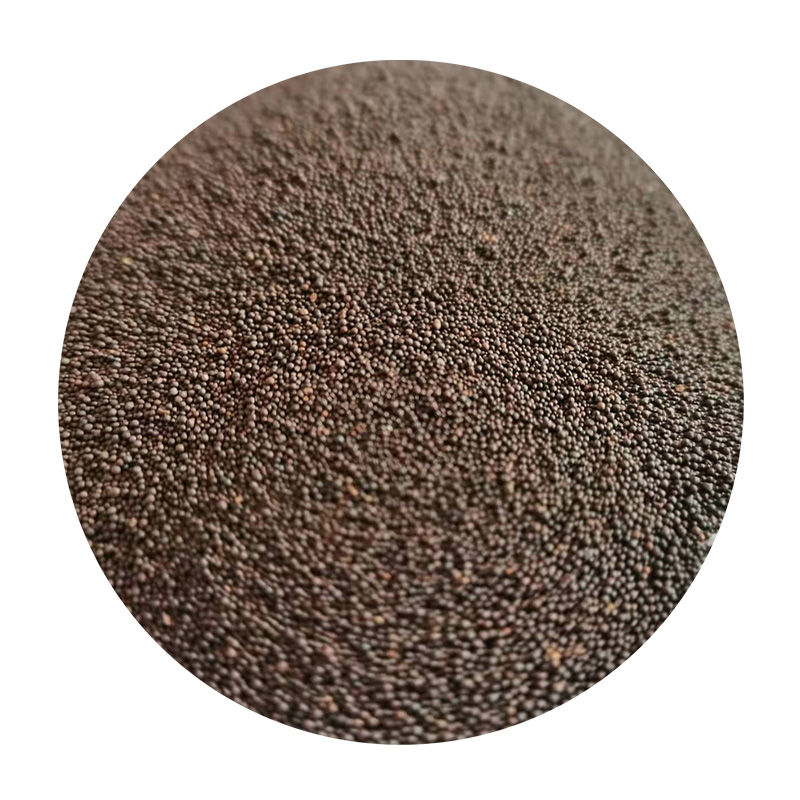Types of Sand Casting
Sand casting is one of the oldest and most widely used methods of metal casting, thanks to its simplicity and versatility. This process involves creating a mold from sand and then pouring molten metal into that mold to create a desired object. There are several types of sand casting, each tailored to meet the requirements of different applications. Understanding these types can help in selecting the right technique for specific manufacturing needs.
1. Green Sand Casting
Green sand casting is the most common type of sand casting. It uses a mixture of sand, clay, and water to create a molding material that is pliable and can easily hold shape. The term green refers to the moisture content of the sand, not the color. This method is ideal for producing large numbers of short-run castings, as it is cost-effective and allows for quick mold production. The mold is created by compacting the sand mixture around a pattern, which is then removed to form a cavity for the molten metal. Green sand casting is popular in industries that require complex shapes and fine details.
2. Dry Sand Casting
As the name suggests, dry sand casting uses sand that is not moistened. Instead of being held together with water and clay, this type of sand is often bound with a resin or other binding agent. The absence of moisture reduces humidity-related issues and allows for higher dimensional accuracy. Dry sand molds can withstand higher temperatures when the molten metal is poured in, making this method suitable for casting high-temperature metals and alloys. However, the production of dry sand cores can be more costly and time-consuming than that of green sand molds.
3
. Self-Hardening Sand Castingtypes of sand casting

Self-hardening sand casting, also known as no-bake casting, involves using a mixture of sand and a chemical binder to create the molds. Unlike green sand, which requires moisture, the chemical binder hardens when activated, eliminating the need for water. This type of casting is particularly advantageous for creating intricate shapes and complex geometries. It allows for excellent surface finishes and detail capture, making it ideal for parts where appearance and precision are critical. However, the initial setup cost can be higher, which might not be ideal for low-volume production.
4. Shell Molding
Shell molding is a process that involves creating a mold by covering a metal pattern with a mixture of fine sand and resin. Once coated, the mold is heated, which causes the resin to harden into a shell-like structure. This method provides excellent dimensional accuracy and surface finish. Shell molding is often used in applications where higher production rates and lower tolerances are required. It is particularly suitable for casting components in the automotive and aerospace industries, where complex shapes are often needed.
5. Core Sand Casting
Core sand casting includes creating core inserts made from sand that can be placed within the mold cavity. Cores are necessary for creating internal cavities and complex features in cast parts. This process enhances the versatility of sand casting, allowing for more detailed designs and reducing the need for additional machining operations post-casting. Core sand casting can utilize both green sand and dry sand techniques, depending on the specific requirements of the project.
Conclusion
The types of sand casting processes available today offer a wide range of options tailored to meet diverse industry demands. From the traditional green sand method to more advanced techniques like shell molding and core sand casting, each has its advantages and ideal applications. By understanding the characteristics of each type, manufacturers can choose the appropriate casting method to optimize productivity, reduce costs, and achieve the desired quality in their products. As industries continue to evolve, so too will the methods of sand casting, adapting to new materials and technological advancements.
Post time:Jul . 25, 2024 04:37
Next:Exploring the Integration of 3D Printing Technology in Sand Casting Processes and Techniques
